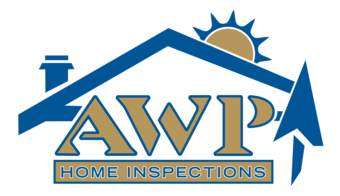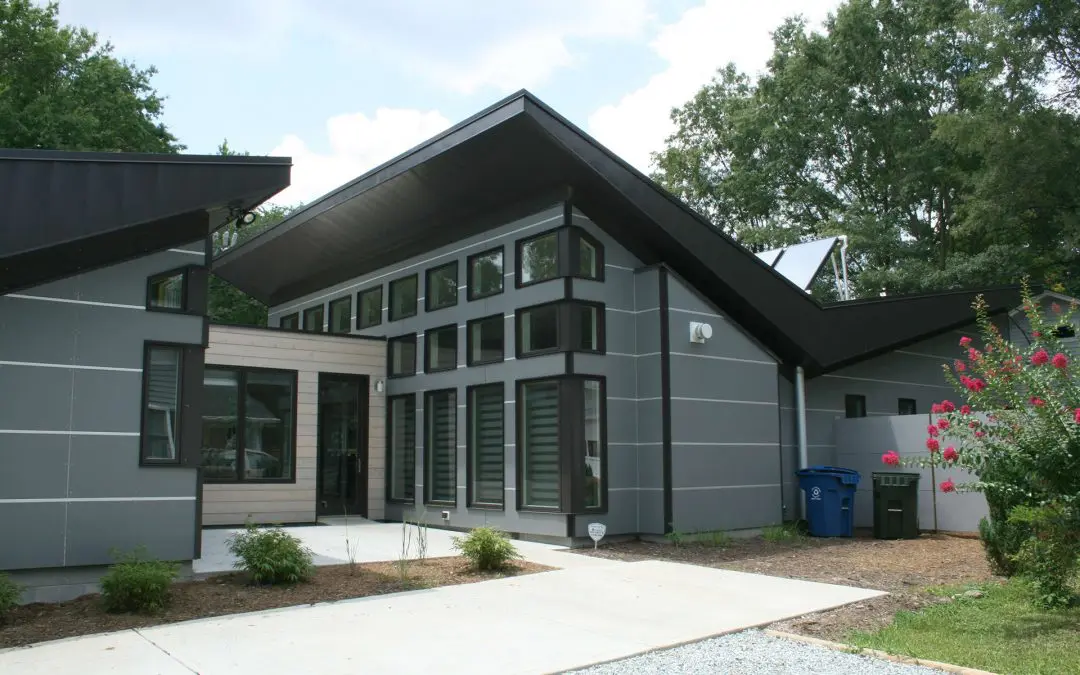Energy efficient homes are becoming more popular by the day as American homeowners are looking to save money on utility bills and save the environment at the same time. Make no mistake about it—it has become a popular goal to increase energy efficiency at home. Here are five of the trends driving it.
1. Having Your Entire Home ENERGY STAR Rated
We think of ENERGY STAR ratings as guaranteeing us energy efficient appliances that won’t waste resources. The standard was created by the Department of Energy and the Environmental Protection Agency in 1992. These days, people are seeking the rating not just for appliances but also for their homes. If a builder adheres to stringent criteria when building a house regarding things like the thermal enclosure, heating and cooling systems, how water is managed, and what lighting fixtures and other appliances are used, it’s possible that the whole house could earn an ENERGY STAR rating.
2. Getting a More Advanced Heating and Cooling System
The majority of American homeowners will spend about half the money they shell out for utilities on heating and cooling their homes. Heating systems can squander as much as half of the energy they put out via wasted fuel and lost heat. If you have central air conditioning, you could be losing energy through ducts, and window A/C units often waste energy through gaps in their window seals.
A more up-to-date system, like ductless-split heat pumps, will target specific zones, run without noise, and filter air well. It might mean you spend more money up front, but it will save you money down the road on your energy bills.
3. Installing Low-Emissivity Windows
Low-E windows have been coated with a very thin layer (or several layers) of metal, which allows light to pass through them freely while trapping heat. There are a wide variety of Low-E windows and coatings available to suit your household’s needs.
4. Installing Smart Meters to Control and Conserve Water
Smart water meters can do amazing things, all of which result in saving water. They can detect leaks and help you manage your use of water in the home by picking up on changes in pricing and telling you the best time to shower or when to do a load of laundry. Smart water meters can even let your water company know how much water you’re using with more accurate details.
5. Using LED Lighting
Traditional light bulbs make use of semiconductors to convert electricity into light, therefore 90% of the energy they give off is not as light but heat. Replacing traditional light bulbs with LED lighting is one of the easiest ways to increase energy efficiency at home. LEDs use only about 20% of the energy that incandescent bulbs use, but they can last 25 times as long.
How a Thermal Imaging Inspection Can Help You Increase Energy Efficiency at Home
AWP Home Inspections can detect areas of your home that could be hindering energy efficiency with an Infrared Thermal Imaging Inspection. By using an infrared camera, we can point out spots where cold air is getting in or heat is leaving the home. Contact us to schedule your appointment or to discuss which inspection services would best suit your needs.

